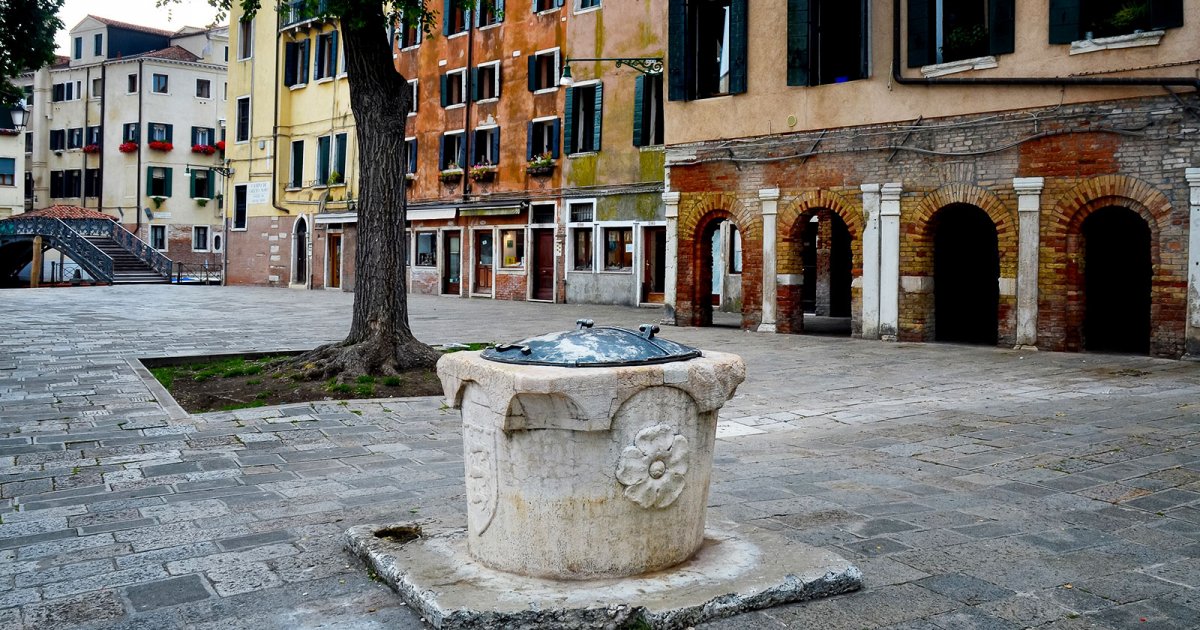THE GHETTO, Visit
 Language: English / USA
Language: English / USA
If you reached Venice by train, you don't have to walk far from the station to get to the square of the Ghetto Nuovo at the center of the Jewish quarter. Here Venice seems like a different city: you won't see any of the usual palaces and monumental churches you're used to, and everywhere you look you'll see public housing-type buildings that were built upwards, like actual towers. You will instead have a hard time finding the entrances to the synagogues, which are all of sixteenth-century origin: in fact, they aren't even remotely ostentatious - they're almost camouflaged. Keep in mind that even here the synagogues were called "schools", in the typical sense that this word had in Venice, as centers for groups and communities to reunite.
The city's oldest synagogue is the Great German School, which was renovated in the 18th century.
The Canton School belonged to the Ashkenazi community.
The Italian school was opened in the second half of the 16th century and was also renovated in the 18th century.
As you can see, the Ghetto Vecchio quarter has a rectangular shape and is crossed by a single road. Its center is a delightful square called Campo delle Scuole, or School Square, and looks like a peaceful oasis, perhaps because it has not been overrun by the hordes of tourism! The Levantine and Spanish Schools face each other in the square, which both offer excellent examples of Baroque decorations.
The Levantine School is the only synagogue that can easily be recognized from the outside, while the others are hard to immediately discern because they are embedded in pre-existing buildings.
The Spanish School is the largest and perhaps the most spectacular of all the Jewish community's places of worship. Founded at the end of the 15th century by a large group of Jews from Spain, it was restructured and redecorated in the sixteenth century, perhaps even per the designs of the great Longhena, the same architect who designed the Salute Church.
FUN FACT: the history of the Jews in Venice has a hilarious story about a dispute between rabbis that only could have happened here. The debate was about whether or not taking a gondola on Saturday was allowed, as Saturday is when the Jewish religion prohibits working and engaging in specific activities. The debate went on for at least four centuries!



